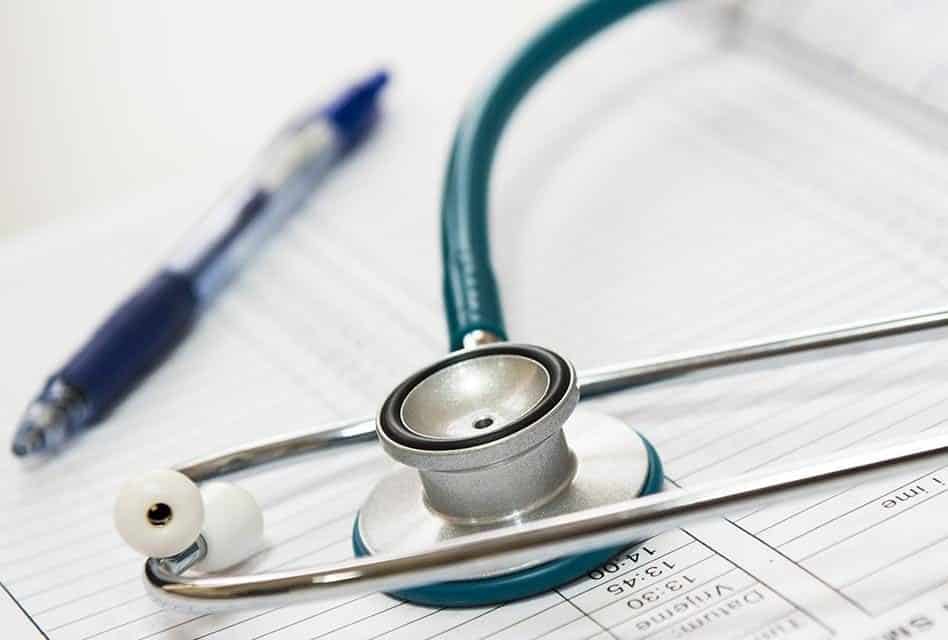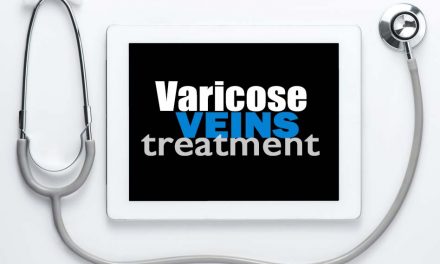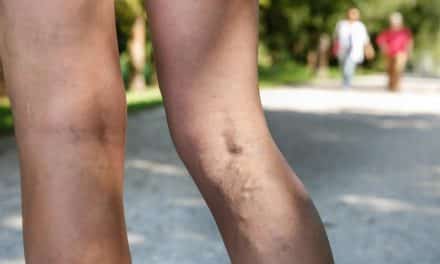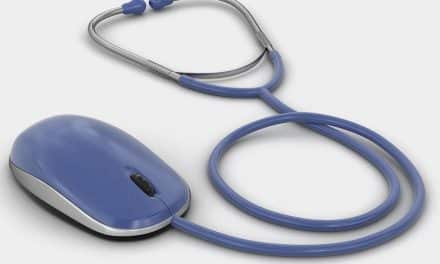
Varicose Veins and Pregnancy

Many women who have been pregnant have noticed either the temporary or permanent appearance of large bulging varicose veins in their legs. Most people know that there is an association between varicose veins and pregnancy but are not sure exactly why that sometimes occurs. It is true that some women have had more than ten children and don’t have varicose veins so why do some women get varicose veins after pregnancy and some don’t? Studies have shown that up to 40% of women will develop this problem during pregnancy.
Many doctors believe that these abnormal veins occur because of a genetic predisposition and are also age related. But to develop varicose veins after pregnancy, there often is that hereditary factor involved in addition to the changes from pregnancy.
Those additional factors during pregnancy that cause veins to bulge include:
- The baby and the enlarged uterus compress the vena cava which is the main venous return from the legs to the heart. In effect this compression almost acts like a tourniquet preventing the blood from leaving the legs. This increased pressure can stretch or damage the valves in the veins of the legs resulting in bulging veins to persist even after delivery. Being overweight or carrying twins can exacerbate the problem by also increasing the venous pressure.
- During pregnancy, the mother produces increased levels of hormones which cause the veins to relax and dilate. Again the valves are affected and be damaged which can have more than just a temporary effect.
- Pregnancy also results in an increased blood volume in the mother and this extra amount of blood is stored in the veins causing them to stretch.
Varicose veins will usually disappear when the baby is born unless those factors mentioned above (along with a genetic predisposition) have damaged the valves in the veins. When the valves are damaged, blood will back up and go in the wrong direction back towards the feet. This causes pressure in the veins and they dilate and bulge. The result is varicose veins both during and after pregnancy. After more pregnancies, the valves stretch more and more and the varicose veins become increasingly larger and larger.
Often there is a family history of abnormal veins. The hormonal changes of pregnancy, the increased blood volume which is stored in the venous system, and the baby compressing the vena cava (the largest vein in the body) all contribute to increased pressure in the leg veins.
After you deliver, wait until your blood volume has returned to normal which will take at least 6 weeks. If you still have the varicose veins, it is recommended that you see a vein specialist for evaluation and possible treatment. Patients should focus on the qualifications of their vascular surgeon and ask about board certification in vascular surgery, their years of experience and their specialization. That is the difference between safe and unsafe treatment and between good and poor outcomes.









